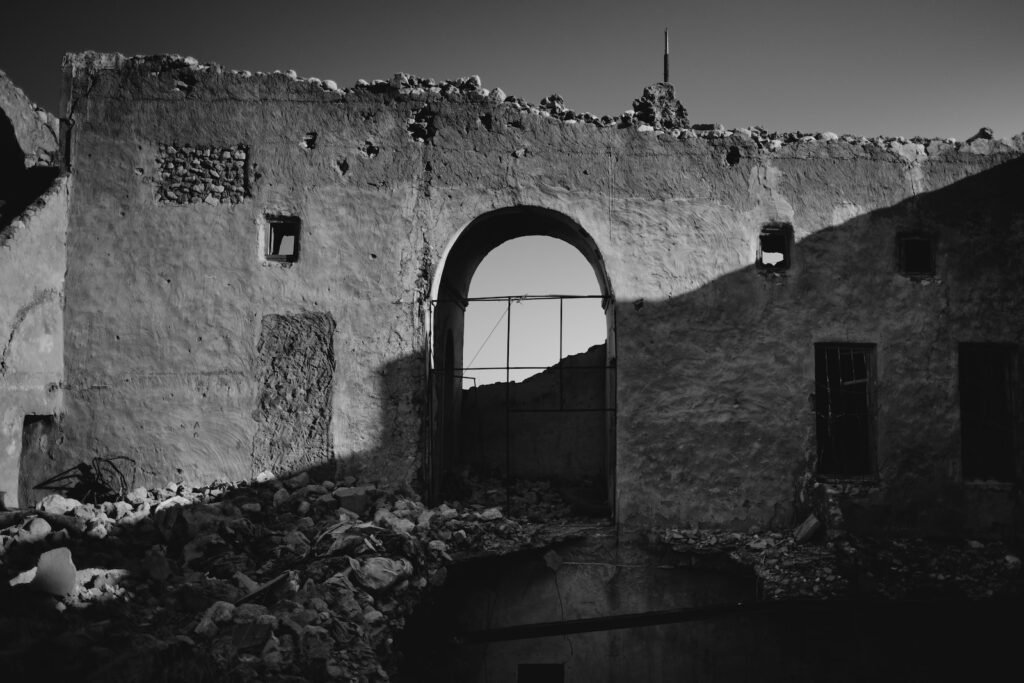Metal Detecting in Nineveh
Metal detecting in Nineveh offers a unique opportunity to uncover ancient treasures and piece together the rich history of this once-thriving city. Situated in present-day Mosul, Iraq, Nineveh was once the capital of the Neo-Assyrian Empire, making it a site of immense historical significance. This article explores the role of metal detecting in archaeological research, discusses the history of Nineveh, highlights notable discoveries, and examines the challenges and rewards of this fascinating endeavor.

History of Nineveh: A City of Ancient Treasures
Nineveh, often mentioned in biblical texts, was founded around 6000 BCE. Over the centuries, it grew into a magnificent city, reaching its peak during the reign of King Sennacherib in the 7th century BCE. The city was adorned with vast palaces, temples, and impressive walls, showcasing the wealth and power of the Assyrian Empire. However, Nineveh faced destruction in 612 BCE, with subsequent invasions and abandonment leading to its eventual decline.
The Role of Metal Detecting in Archaeological Research
Metal detecting has become an invaluable tool for archaeologists in uncovering and understanding ancient sites like Nineveh. By using metal detectors, researchers can locate artifacts buried beneath the ground, providing crucial insights into the daily lives, customs, and technological advancements of past civilizations. Metal detecting enables archaeologists to expand their knowledge beyond what can be learned from traditional excavation methods alone.
Tools of the Trade: Essential Equipment for Metal Detecting
Metal detecting requires specialized equipment to effectively scan the ground and identify buried artifacts. Essential tools include metal detectors, which vary in complexity and capabilities, and handheld pinpointers to precisely locate artifacts. Other equipment includes digging tools, such as trowels and shovels, to carefully excavate artifacts and ensure their preservation. It is also crucial to have protective gear like gloves and knee pads to ensure safety during the excavation process.
Exploring Nineveh: Promising Metal Detecting Sites
The ruins of Nineveh offer a plethora of promising sites for metal detecting. Areas of interest include the ancient city gates, palace complexes, and religious sites. The outer walls of the city are also believed to have contained various treasures. Additionally, riverbanks and areas surrounding former water sources may yield artifacts due to the historical importance of water in daily life and rituals in Nineveh.
Unearthing the Past: Notable Discoveries in Nineveh
Metal detecting in Nineveh has led to several significant discoveries. Excavations conducted in the 19th century by Austen Henry Layard revealed a wealth of Assyrian treasures, including intricately designed bronze reliefs, gold jewelry, and precious stones. More recent metal detecting efforts have unearthed ancient coins, weapons, and pottery, shedding light on the military, economic, and cultural aspects of Nineveh’s history.
Challenges and Rewards: Metal Detecting in Nineveh
While metal detecting in Nineveh offers exciting prospects, it also presents several challenges. The region’s political instability and ongoing conflicts have hindered archaeological research. Additionally, locating artifacts can be time-consuming and requires patience and expertise. However, the rewards are substantial, as the discoveries made through metal detecting in Nineveh contribute to a deeper understanding of ancient civilizations and help preserve their heritage.
Ethics and Guidelines: Metal Detecting in Archaeological Sites
Metal detecting in archaeological sites must adhere to a set of ethical guidelines to ensure the preservation of historical artifacts. It is essential to obtain proper permissions and permits before conducting any metal detecting activities. Additionally, strict record-keeping practices should be followed to document the exact location and context of each find. Collaboration with archaeologists and local authorities is crucial to ensure the responsible excavation and preservation of artifacts.
Collaboration with Experts: Metal Detecting and Archaeology
Metal detecting enthusiasts can greatly contribute to archaeological research by collaborating with experts in the field. By working closely with archaeologists, metal detectorists can share their findings and provide valuable information about the historical context of artifacts. This collaboration allows for a more comprehensive understanding of ancient civilizations while ensuring that artifacts are properly documented, studied, and preserved.
Conclusion: Preserving Nineveh’s Ancient Treasures
Metal detecting in Nineveh offers a captivating journey into the past, unearthing ancient treasures and providing valuable insights into the history of this remarkable city. By combining modern technology with archaeological expertise, researchers can piece together the puzzle of Nineveh’s past. However, it is crucial that metal detecting activities in archaeological sites are conducted ethically and responsibly to preserve and protect the invaluable ancient treasures of Nineveh for future generations to appreciate and learn from.
